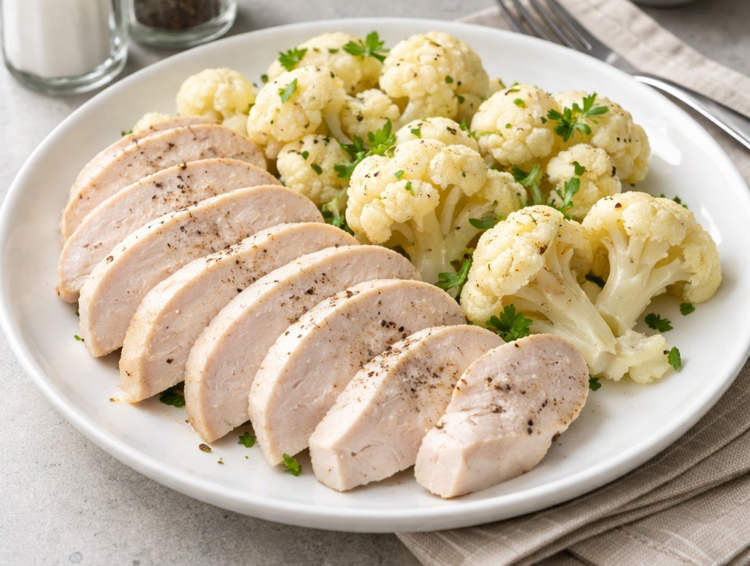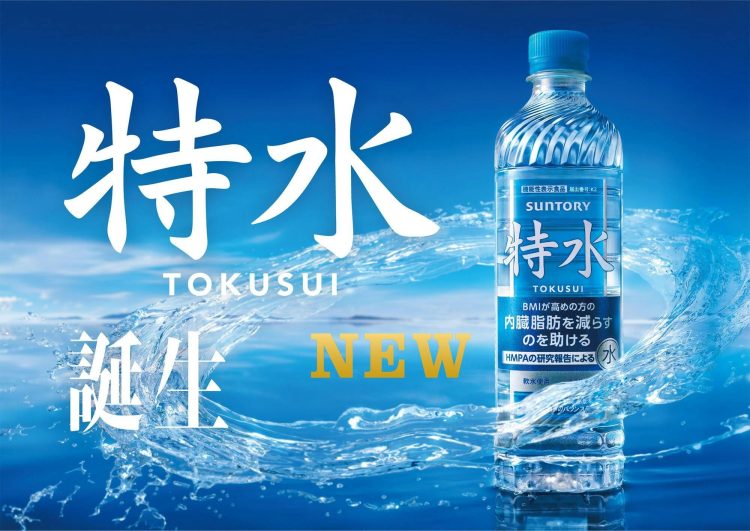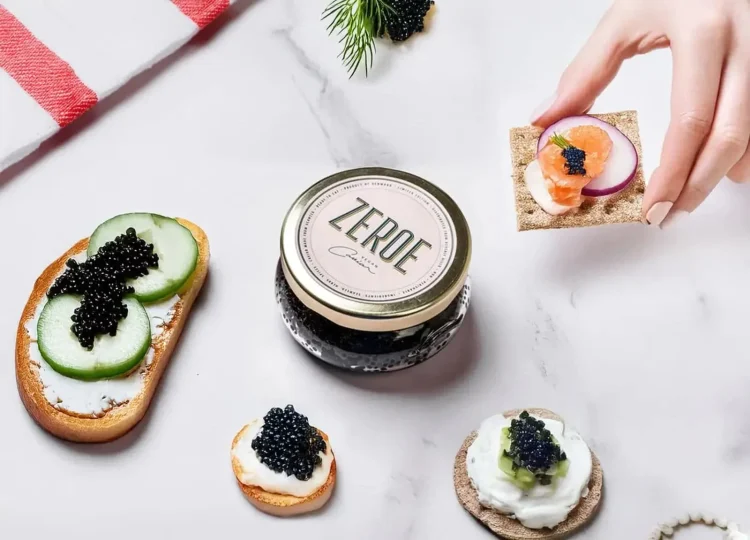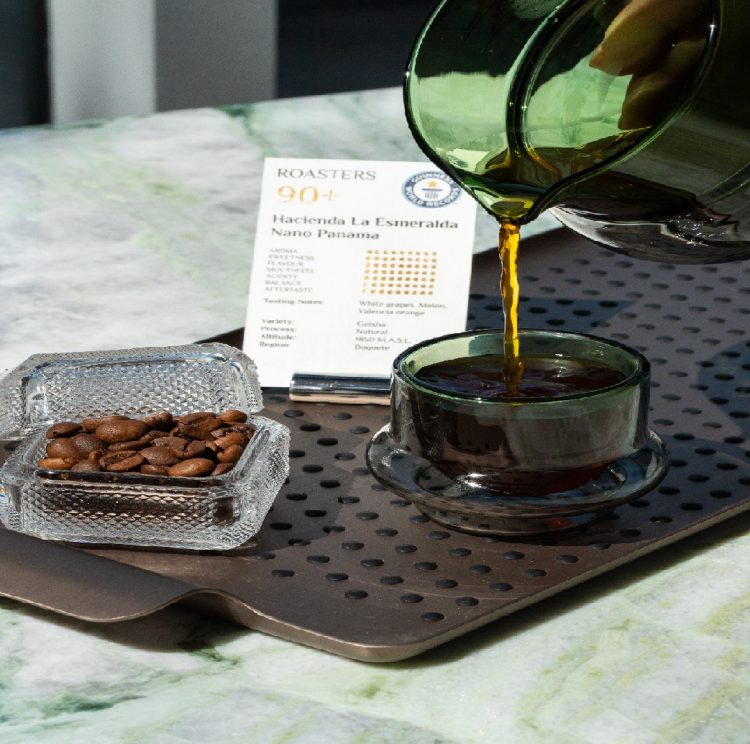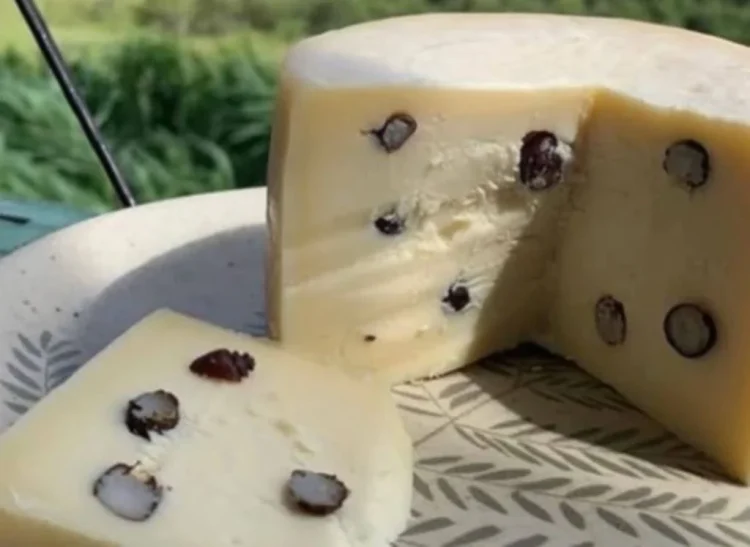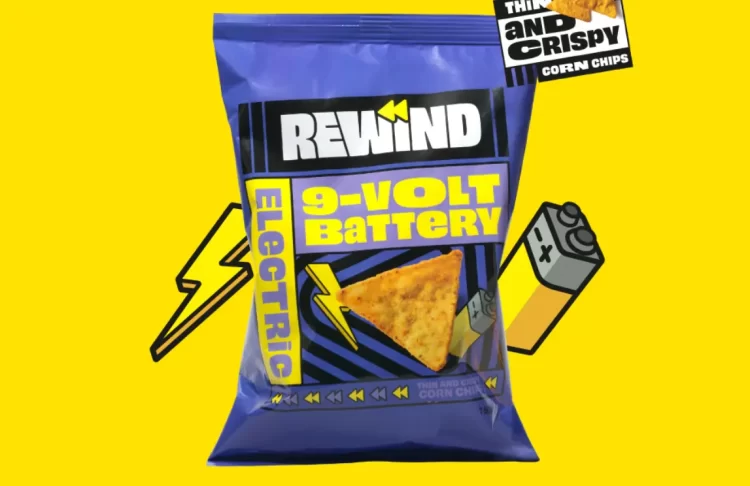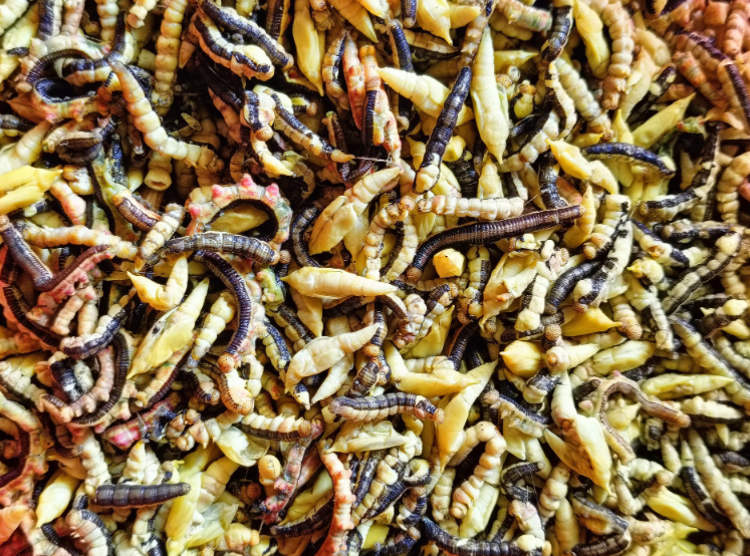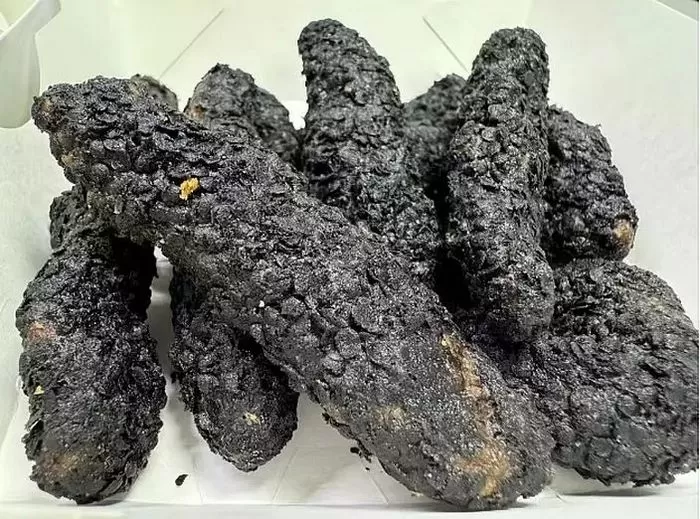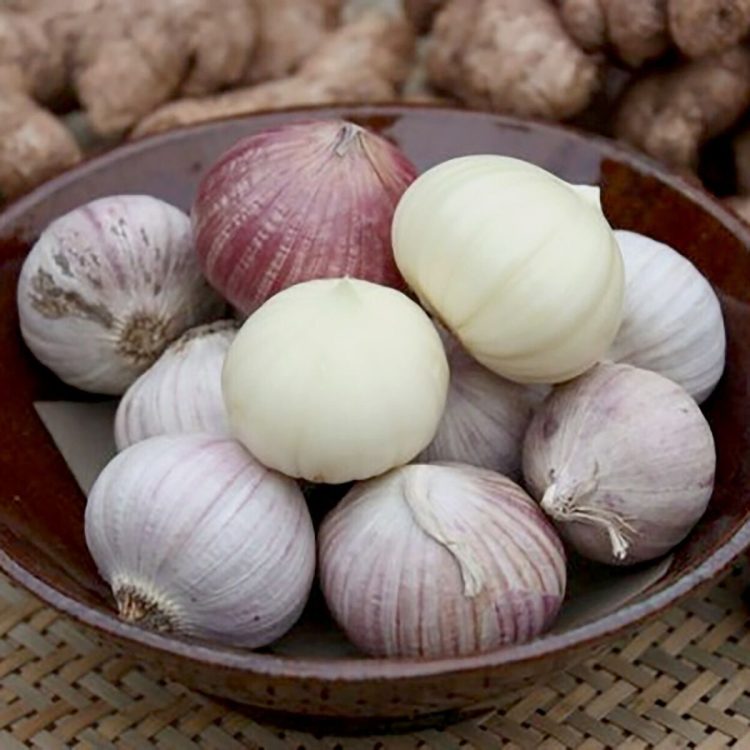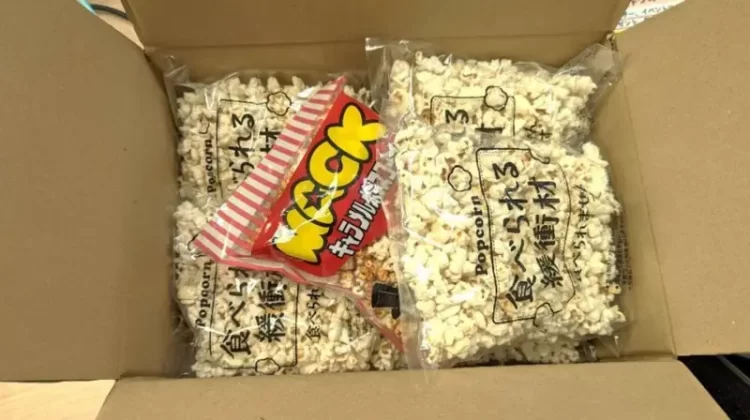Bread has long since been considered the enemy of dieters, but this new weird-looking bread might just change the way we look at the staple food forever. White bread is linked to obesity and high blood pressure, but a Singaporean food scientist claims he has come up with a way of solving these problems, while retaining the texture and flavor of bread. There’s just one catch though – his bread is purple.
Professor Zhou Weibiao, of the National University of Singapore, wanted to find a way to change the formula of bread while retaining its soft texture and wonderful taste. The result was purple bread, which he says is made entirely from natural ingredients. He started by extracting anthocyanin – the natural blue pigment found in foods like grapes and blueberries – from black rice, leaving behind its starchy compounds. He infused the anthocyanin into bread dough and used it to bake loaves that are apparently much better for you than white bread.

Photo: Triin/Flickr (not Zhou Weibiao’s bread)
When the dough is baked at 200 degrees C, 80% of anthocyanin’s antioxidant qualities are preserved. The compound reacts with starch enzymes in the flour, making purple bread 20% easier to digest than traditional bread. And this qualifies purple bread as a superfood, given that one of the main problems with white bread is that it digests very quickly, making the sugar go directly into the bloodstream.
“If you want to enjoy the texture of white bread and slow down digestion, this is probably the best formula,” Weibiao explained. “You are eating the same amount of starch and and wheat flour so the nutritional value is the same. The key idea here is slowing down the energy release, so you use those calories over a longer period of time.” Anthocyanins are also believed to control obesity, help prevent cardiovascular and neurological disease, and even keep cancer away.

Photo: Lady&Pups (puple yam bread)
Purple bread isn’t commercially available yet, but Weibiao is in the process of working with major food manufacturers to release it into the market soon. In the meantime, his idea appears to have inspired entrepreneurs to bring out guilt-free versions of other foods too. “A man in South Africa called me, very excited,” he said, speaking to CNN. “He wanted to know if putting anthocyanins in chocolate would have the same effect.”
“I told him, ‘You can obtain the antioxidant function, but you don’t have the same starch in chocolate, so it won’t have the same reaction.”


